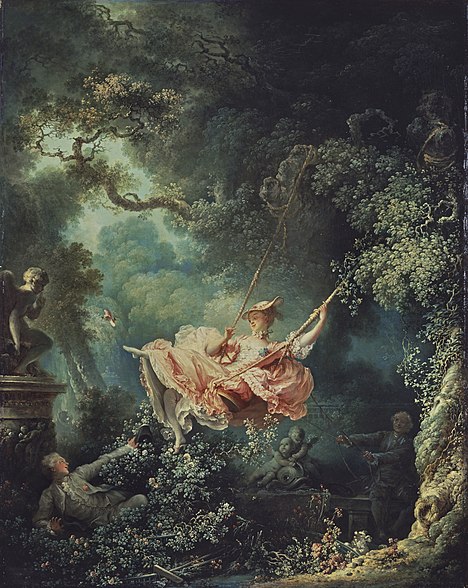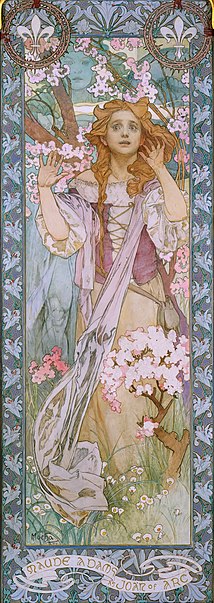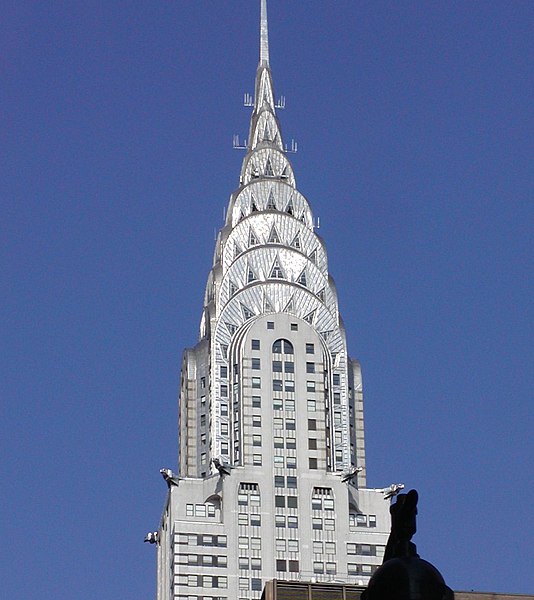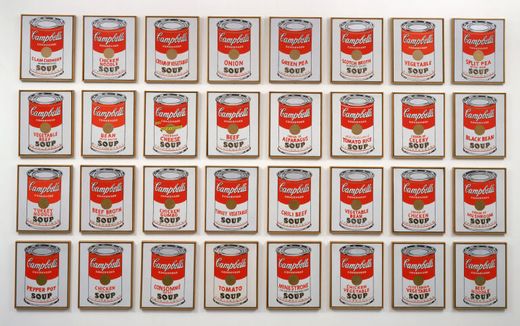Rococo:
The style is from the 18th century. The style was depicted in art as well as interior decoration. In the paintings, the style was rendered with light colors and curving forms. In the interior design the designs formed curves, shell-like and leaf-like patterns, and asymmetrical sweeps.

"The Swing"
1767
By Jean-Honore Fragonard

Christian Lacroix
Fall 2008 Collection
Rococo inspired
Lacroix captures the trend of the Rococo era with the numerous curves and the tight bodice.
Impressionism:
It began in the 1860s in France. It was a response to the prior painting style that was more formal and rigid. The main focus was on light effect, but it also emphasized brush strokes, open composition, and unusual angles. This style was the first to bring paintings out of the studio and into the real world.

"Dancer With a Bouquet of Flowers (Star of the Ballet)"
1878
By Edgar Degas

Jill Stuart
Fall 2009 Collection
Impressionism inspired dress
Jill Stuart's dress has a quality to it similar to the light colors and visible brush strokes apparent in the Impressionism art.
Art Nouveau:
This style made its way to popularity at the turn of the 20th century. Mainly centering on organic styles. That of which included floral motifs and flowy, curvilinear forms. It was an international art movement, but unfortunately did not survive past WWI due to its high cost. However, it did influence the psychadelic art movement of the 1960s.

Poster of Maude Adams as Joan of Arc
1909
By Alfons Mucha

Emilie Flöge wearing an Art Nouveau inspired dress
1910
By Christian Brandstatter
The dress contains a slight floral motif and prominent curving lines. Similarities between the poster and the dress are apparent.
Art Deco:
The movement is based on geometric patterns and shapes and came to popularity in the 1920s and 1930s. It was thought to produce a blend that was both modern and elegant. The style itself came from a blend of many art styles such as: Art Nouveau, Neoclassism, and Futurism.

Chrysler Building
Built 1928-1930
Art Deco inspired

Badgley Mischka
Spring 2008 Collection
Art Deco Inspired
Badgley Mischka maintains the clean lines of that time making the dress appear modern and elegant.
Pop Art:
This art style started in the 1950s as a counteraction to abstract painting. The pop artist saw abstract art as extremely sophisticated and elitist and instead drew from popular ideas of the mass cultures. It popularized and expanded on everyday items to oppose the elitist ideas. Some of the famous artists of the time included Andy Warhol and Roy Lichtenstein.

"Campbell's Soup Cans"
1962
By Andy Warhol

The "Souper Dress"
1960s
Andy Warhol inspired
The Souper Dress was made in the style of the paper dress--popular at that time. It took the everyday item and made it wearable.
Op Art:
This type of art played with the visual idea of optical illusion--hence Op Art. Started in the 1960s it was a different movement from Pop Art. Differing in where it mainly concentrated on being abstracted, and most of its recognized works were in black and white.

"Movement in Squares"
1961
By Bridget Riley

1960s
Op Art inspired dresses
The dresses play tricks on the eye with the dress in front creating the illusion of sinking in three different points thus capturing the idea of Op Art.
No comments:
Post a Comment